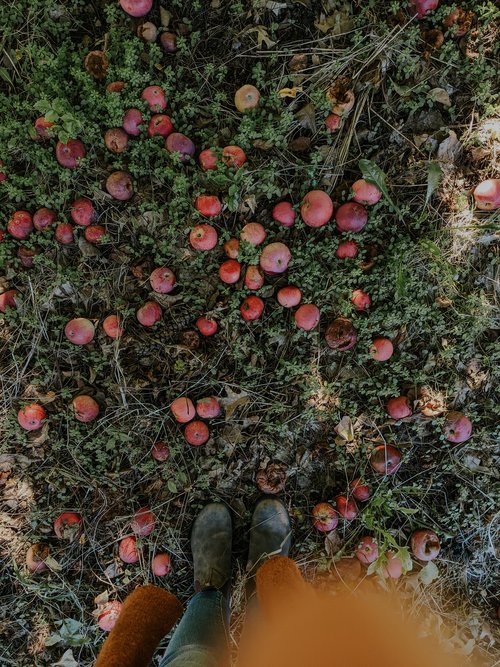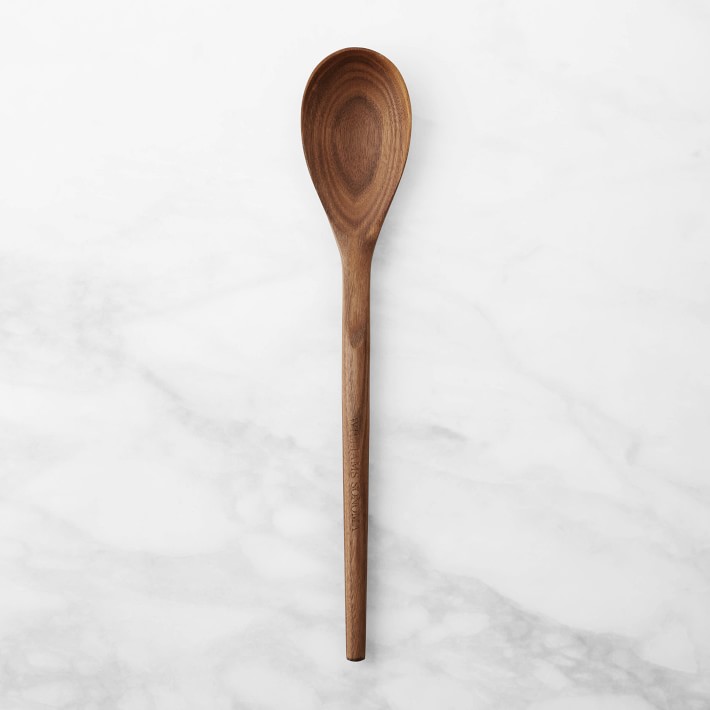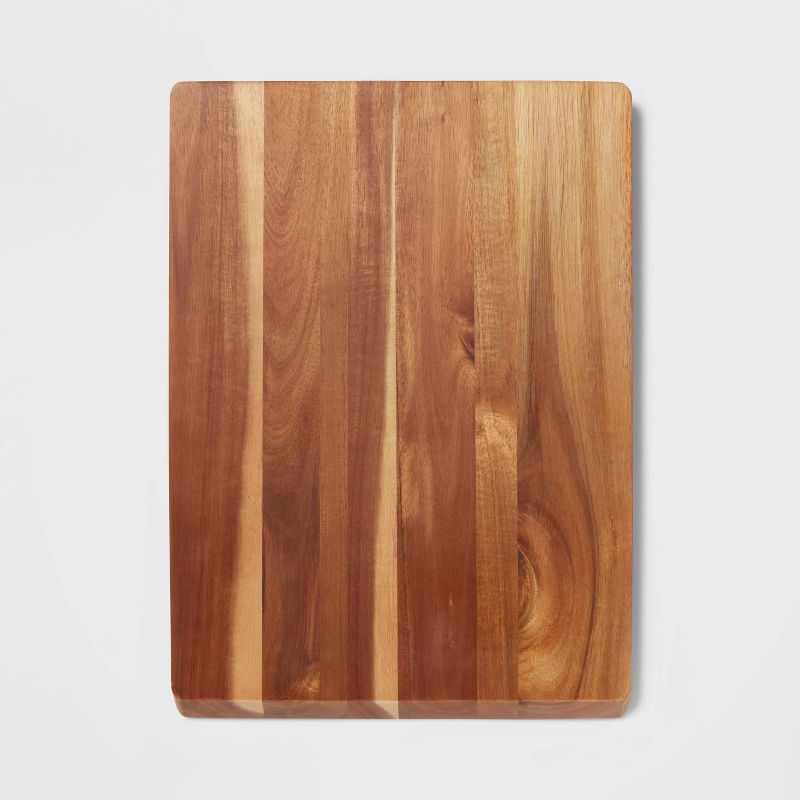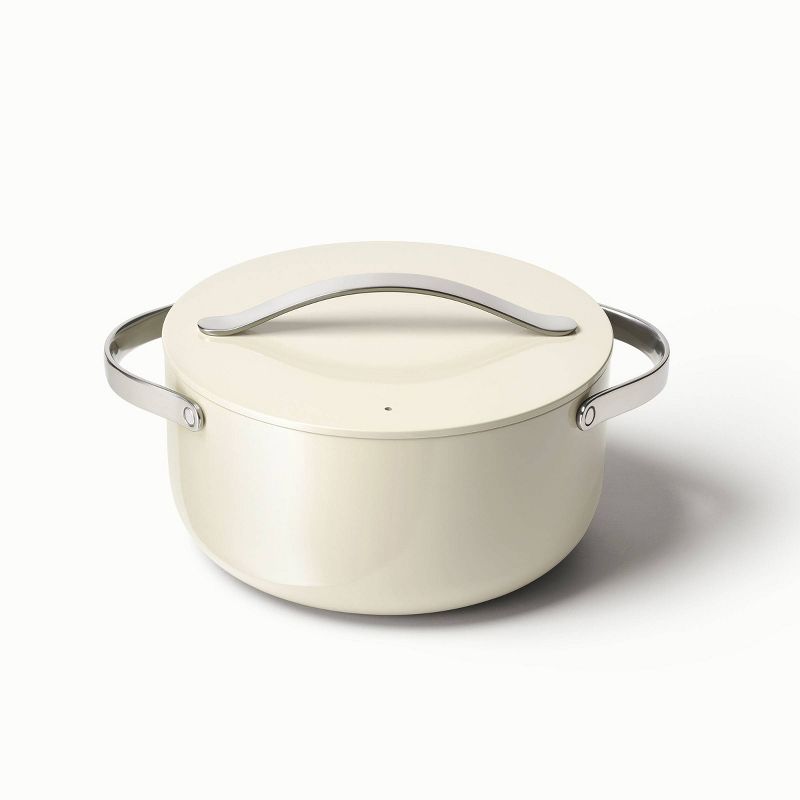BACKYARD GARDENING MADE SIMPLE
Recipe: Homemade Hot Chocolate
There is nothing quite so nostalgic and comforting as curling up for a cozy night by the fire in your wool socks to watch a holiday movie while clutching a mug of warm homemade hot chocolate. With the sun leaving us for the day earlier and earlier each day, finding ways to keep ourselves occupied in the evening hours can be challenging, and so we tend to fall back on the traditions of childhood to keep us awake until bedtime. But this is not a post about my bedtime routine, as much as I would like to lull us all to sleep with that tale! This is a post about the unimpeachable winter drink to top all winter drinks (eggnog lovers cover your ears!) hot chocolate
The Cottage Peach is reader-supported. When you purchase through links on our site, we may earn an affiliate commission at no additional cost to you. All opinions are our own.
There is nothing quite so nostalgic and comforting as curling up for a cozy night by the fire in your wool socks to watch a holiday movie while clutching a mug of warm homemade hot chocolate. With the sun leaving us for the day earlier and earlier each day, finding ways to keep ourselves occupied in the evening hours can be challenging, and so we tend to fall back on the traditions of childhood to keep us awake until bedtime. But this is not a post about my bedtime routine, as much as I would like to lull us all to sleep with that tale! This is a post about the unimpeachable winter drink to top all winter drinks (eggnog lovers cover your ears!) hot chocolate
Now, to be clear I’m not knocking a mug of nutmeg and nog - far from it. But hot chocolate is just on another level. The rich, creamy thick and warm liquid can have as much or as little depth of flavor as you like, depending on the chocolate used. My personal favorite is Mexican hot chocolate. We have a local chocolate company here in Massachusetts called Taza Chocolate that makes a perfectly portioned disk of chocolate with which to make yourself a mug full. At first, the experience is full of uncertainty - are you really supposed to put THIS much chocolate in one serving? But then as the chocolate melts and blends with your chosen milk and alchemy conspires to create the most spectacularly rich and thick molten treat you can imagine. This is not for the faint of heart, so you better love chocolate if you’re going to make your own. A drink this rich coats your mouth with the flavors of fermenting cacao bean, the acidity reminiscent of coffee, and the subtle sweetness of dark chocolate.
If this sounds like an experience you need to try, you can find Taza Chocolate in many health food stores or purchase online, this is not an affiliate link just love supporting local!
Hot chocolate also offers an endless array of options for flavoring and add-ins that are simple but can have a huge impact on the end result.
Add peppermint to lighten the overall flavor and add a festive touch
Add cinnamon and salt to bring out the different flavors in the cacao beans
Add caramel for the comforting sweetness of browned butter and sugar
Toppings are add-ins that compliment your hot chocolate drink, creating a full dessert experience in your mug.
I’m personally partial to the dandies vegan marshmallows for my hot chocolate garnish, but any marshmallow will do - I think hot chocolate is the only place those hard dried mini marshmallows have a chance to really shine.
Bump up the sweetness factor with a chocolate covered spoon or caramel dipped rim coated in sea salt.
Hook a candy cane over the side to keep your mug company and your breath minty.
Can you make hot chocolate with non-dairy milk?
Yes, and I do this myself as I can’t drink cow’s milk. After nearly a decade of trial and error, I can say with certainty that the best non-dairy milk to use when making homemade hot chocolate is without a doubt oat milk, since oat milk is usually richer and mimics whole milk best.
There’s no reason that vegan hot chocolate can’t be just as rich and delicious as hot chocolate made with cow’s milk. Try coconut milk, soy milk and almond milk too and see which one is your favorite.
Sourcing ethical cacao
Whether you decide to make peppermint hot chocolate, dark hot chocolate, caramel hot chocolate or plain I would urge you to consider the origins of your chocolate.
Cocoa and chocolate come from the cacao tree, which thrives in the rainforest.
According to Source Trace, on average cacao farmers earn less than $2 per day, an income much below the poverty line.
As per the latest report on cacao farming, close to two million children in the Ivory Coast and Ghana are engaged in child labor in hazardous conditions.
Also, cacao production is rising at an alarming rate – it has risen by 62% over the last two decades. This is a serious threat to Africa’s forest cover as farmers are choosing to expand their growing operations into rainforests and other patches of land. 40% of the cacao coming from the Ivory Coast can be traced back to being grown in protected lands.
The best way to tell if your cacao is ethically sourced is to buy from companies who share the origin of their cacao and practice fair or direct trade, utilizing third party verification to certify their claims. You should also look for transparency reports available on their website.
What is direct trade?
Currently, there is no industry standard for direct trade in the cacao industry. As one example, Taza created their own direct trade program which they are held accountable for by a third party company. Their program focuses on real relationships (they meet with the farmers whose cacao they are purchasing) quality (they only purchase USDA certified organic cacao) and fair wages.
The main way that direct trade is different from fair trade is that direct trade purchasers typically pay their farmers more than fair trade companies. Direct trade companies may pay a 15%-20% premium to their cacao farmers compared to similar fair trade companies. In exchange for this higher rate, these farmers are expected to produce a high quality, organic product and use production methods that lower the environmental impact of growing cacao trees.
So why should you make your homemade hot chocolate on the stovetop rather than the slow cooker? While I encourage you to utilize whatever cooking methods you need to in order to support your own body’s limitations, I consider the stovetop version to be an easy way to practice some mindfulness in my day. Warming your hot chocolate beverage on the stovetop forces you to pause and be present. Sometimes, coming off of autopilot is the best way to fully appreciate the beauty of winter in all its glory. So, pull up a chair if you need to and truly allow yourself to savor the experience - from the comforting scent of the chocolate to the invigorating scent of mint.
Of course, when you’re finished making my best hot chocolate recipe, the mug you choose to enjoy it in can be equally as important in determining how cozy of an experience you create. I like to put out an enticing array of handmade ceramic mugs for my guests to choose from, alongside a tray with add-ins like marshmallows and candy canes they can add as a garnish to their drink. Make this hot chocolate as the perfect refreshment for your cozy movie night with friends!
What’s the difference between hot chocolate and hot cocoa?
Hot chocolate refers to a decadent dessert drink made with real melted chocolate blended into a liquid, usually milk. Hot cocoa uses cocoa powder dissolved in milk or water and is generally lighter and thinner. While both can be delicious, today I’ll be sharing with you a recipe for homemade Mexican hot chocolate.
What is Mexican chocolate?
According to The Spruce Eats, “The craft of chocolate making can be traced back to 1900 BCE in Mesoamerica and in fact, it appears the way the Aztecs prepared it is similar to how Mexicans do today. The cacao beans are typically fermented, roasted, peeled, and then ground into a paste using either a metate, which is a traditional tool for hand-grinding materials or with a molino, a mill. Sugar is then mixed in and from here, cinnamon is traditionally added…Finally, the chocolate is worked into its final shape, which is most often a disc or log. This rustic presentation works perfectly since Mexican chocolate is still made by hand in many regions.”
How to make homemade chocolate recipe:
This hot chocolate recipe is so easy, and only requires a handful of ingredients. As with most simple recipes, the best way to dress it up is in the quality of the ingredients you choose. While we can all appreciate the nostalgia of the instant hot chocolate packets you can get at any supermarket, this Mexican hot chocolate recipe is a much richer, more decadent treat to warm you all the way through. You’ll just need a saucepan, your milk of choice, and a high quality chocolate like these disks from Taza to get started. From there it’s choose-your-own-adventure to add additional flavors and garnishes.
Mexican Hot Chocolate Recipe (modified from recipe by Taza Chocolate)
Mexican Hot Chocolate
Ingredients
- 2.7oz dark chocolate bar (The Taza chocolate disks are the perfect size)
- 2 cups milk, non-dairy or cow
- ¼ tsp vanilla extract
- 2 tbsp maple syrup
- Pinch of salt
Instructions
- Roughly chop or grate the chocolate and set aside.
- Heat two cups of milk in a small saucepan over medium heat to just below a simmer.
- Remove the milk from heat and add a pinch of salt.
- Slowly mix in the chocolate, stirring frequently until dissolved.
- When the chocolate is dissolved, return the mixture to the stove and re-warm over low heat.
- While the chocolate is warming, use a whisk or molinillo to froth the chocolate.
- When the chocolate is hot and frothy, remove from heat and serve.
Nutrition Facts
Calories
430.78Fat
24.13Sat. Fat
13.91Carbs
42.51Fiber
4.17Net carbs
38.34Sugar
32.97Protein
10.99Sodium
121.6Cholesterol
30.43Recipe: Mulled Apple Cider
As the days of apple-picking fade away, local farm stands are still stocking their shelves with the rich taste of fall in the form of fresh pressed apple cider waiting to be transformed into a hot mulled cider beverage made for fall days. November is a time to begin intentionally seeking connection with family and friends, and oftentimes that connection comes over the stovetop, making mulled cider together as the warm scent of apples fills your home.
The Cottage Peach is reader-supported. When you purchase through links on our site, we may earn an affiliate commission at no additional cost to you. All opinions are our own. Products in this post were gifted.
Apple picking in our family often ends with us clutching blazing hot to-go cups of apple cider in an attempt to warm our numb fingertips while we sit between the apple trees, burning our tongues on the first sips impatiently taken before our mugs have a chance to cool. The bees are drawn to the sweet smell surrounding us and we listen to their buzzing song as we watch the people around us climb atop each other’s shoulders to reach the best apples at the very top of the tree.
As the days of apple-picking fade away, local farm stands are still stocking their shelves with the rich taste of fall in the form of fresh pressed apple cider waiting to be transformed into a hot mulled cider beverage made for fall days. November is a time to begin intentionally seeking connection with family and friends, and oftentimes that connection comes over the stovetop, making mulled cider together as the warm scent of apples fills your home.
How is apple cider different from apple juice?
According to Southern Living, “Apple cider is fresh, unfiltered, and often unpasteurized. It's also considered a seasonal drink and can be hard to find outside of the autumn months. Apple juice, on the other hand, is filtered and pasteurized, which gives it a longer shelf life, a sweeter taste, and a smoother texture.” so, it’s safe to say that apple cider is NOT the same as apple juice.
To me, there is no comparison between apple cider and apple juice. Apple juice is, at best, the bland counterpart of the richly flavored and fresh apple cider. I almost never keep apple juice in our refrigerator, but if apple cider were available year round I can almost guarantee a jug or two would find its way into my cart each time that I shop.
The taste of apple cider is much fuller and richer than apple juice. Apple cider tastes just like eating a whole apple, with a bit of extra tanginess from the oxidation process.
Why is apple cider brown?
Apple cider is brown because of enzymatic (polyphenol oxidase) reactions that occur in the presence of oxygen. Tiny apple solids floating in the juice turn color when exposed to air, giving cider that gorgeous caramel color and opaque look. Just like an apple begins to brown once it is cut, cider turns brown as the apples are pressed in the apple presser and are exposed to oxygen. This reaction also contributes to the depth of flavor that is present in apple cider.
On a related note, if you are slicing apples for a garnish tray to serve beside your mulled cider and need to keep them from browning before your guests have a chance to dig in all you need to do to keep your apples from turning brown is to soak the cut fruit in a saltwater solution (half a teaspoon of kosher salt per cup of water) for 10 minutes, then drain and store until ready to use. I promise you can’t taste any lingering saltwater flavor at all!
How is apple cider made?
Traditionally, apple cider is made at your local orchard by pressing fresh apples in an apple press, which crushes the apples into a mash or pulp. There are a variety of different styles of apple presses, from small countertop units you can operate by hand to professional grade equipment used by larger operations.
Can you make apple cider at home?
Yes! Many people use their countertop juicing appliance to make fresh apple cider at home. Since the resulting product is unfiltered and unpasteurized, it is considered cider even though you are using a juicer to make it. If you don’t have a juicer, you can throw your chopped apples in a blender and then strain out the pulp using cheesecloth. To make hot apple cider just transfer the strained cider to a sauce pan and heat on medium low until warm.
Why should you buy local cider?
The reasons to purchase your apple cider from a local farm are endless. Your local farm will almost certainly carry apple cider in the fall, whether they have an orchard and press of their own or partner with another local farm that may be further afield. Farms rely on seasonal income from fall activities like hayrides and corn mazes to keep themselves afloat during the winter months when their income is severely reduced or eliminated completely, so supporting your local farm all the way up until their closing date by purchasing any items for your fall activities from them can be a great help. When we buy local produce and groceries, we can be certain that the products on the shelves are as fresh as can be and generally of a much higher quality than is available in the supermarket.
Mulled cider spices
My favorite thing to do with my local apple cider is to make a big pot of hot mulled cider on the stovetop. This not only results in a delicious drink to gather around and share with all of your friends and family, but fills the space with a warm and cozy aroma.
When I’m feeling too achy and fatigued to participate in more involved fall traditions and cooking, mulling cider is a mostly hands-off way I can celebrate the autumn season without draining myself of my limited energy. Since I’m always looking for ways to enjoy seasonal living while being mindful of my own limitations living with chronic illness, mulled apple cider is the perfect way to respect my capabilities.
Hot mulled apple cider is special, because we only get to enjoy it for a small window of time each season. Let this be a drink that opens the door to celebrating seasonal living this fall in your home. This scent experience can be enhanced by incorporating different combinations of spices and fruits into your spiced cider recipe. This is a case where more is definitely more, so don’t feel the need to hold back in creating your flavor combinations.
Some spices and fruits to consider using in your hot mulled cider beverage:
Whole cloves
Cinnamon sticks
Allspice berries
Fresh ginger
Star anise
Allspice
Nutmeg
Cardamom pods
Coriander
Oranges
Lemon
Cranberries
Apples
So why should you make mulled cider on the stovetop rather than the slow cooker? While I encourage you to utilize whatever cooking methods you need to in order to support your own body’s limitations, I consider the stovetop version to be an easy way to practice some mindfulness in my day. Simmering your hot apple cider on the stovetop forces you to pause and be present. Sometimes, coming off of autopilot is the best way to fully appreciate the brief beauty of fall in all its glory before it is time to move on to our long winter. So, pull up a chair if you need to, chop your fruits at the table while sitting down and truly allow yourself to savor the experience - from the fresh scent of citrus as your knife cuts into the rind, to the crunch of apples slicing.
Of course, when you’re finished making my best mulled cider recipe, the mug you choose to enjoy it in can be equally as important in determining how cozy of an experience you create. I like to put out an array of handmade ceramic mugs for my guests to choose from, alongside a tray with additional fruits they can add as a garnish to their drink. Make this mulled cider as the perfect refreshment for your Thanksgiving gatherings!
What does “mulled” mean?
To mull cider means to heat, sweeten, and flavor with spices for drinking. You can also mull ale, and wine. Changing the temperature of your beverage and adding spices increases the depth and complexity of flavor, as well as adding a warming element to bring coziness to your gathering.
How long does mulled cider keep?
You can cool and refrigerate your mulled cider for up to 3 days to be reheated another time. You should not keep it in a sealed bottle - since apple cider is usually not pasteurized it may ferment and cause the bottle to explode.
How to make mulled cider

Hot Mulled Apple Cider Recipe
Ingredients
- 1 gallon apple cider
- 2 Apples, sliced
- 1 Orange, sliced
- ½ Cup cranberries (fresh or frozen is fine)
- ½ cup maple syrup
- 2 tbsp lemon juice
- 4 cinnamon sticks
- 8 whole cloves
- 8 whole cardamom pods
- Large dutch oven or soup pot
- Wooden spoon
- Knife
- Cutting board
Instructions
- Measure out your spices into the bottom of the Dutch oven and toast them on low for one minute to bring out the flavors, being careful not to burn.
- Slice the orange and apples.
- Add the fruit and apple cider to the Dutch oven and bring to a simmer. You don’t want to turn the heat too high as it may cause the cider to separate (this won’t affect the taste just the appearance)
- Cider can be mulled at a low temperature for up to 4 hours or at a simmer for about 1 hour, depending on your preference.
- Ladle into festive glasses or mugs and enjoy with fruit and cinnamon sticks to garnish!
Nutrition Facts
Calories
178.7Fat
1.16Sat. Fat
0.34Carbs
39.58Fiber
2.11Net carbs
37.45Sugar
32.13Protein
3.66Sodium
21.68Cholesterol
9.18
















